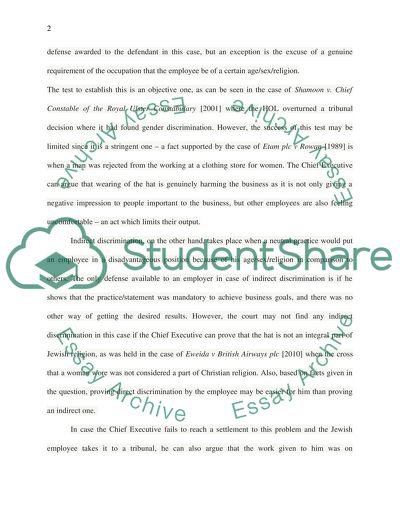Cite this document
(Complying with the Equality Act 2010 Case Study - 1, n.d.)
Complying with the Equality Act 2010 Case Study - 1. Retrieved from https://studentshare.org/law/1592337-management-problem-essay
Complying with the Equality Act 2010 Case Study - 1. Retrieved from https://studentshare.org/law/1592337-management-problem-essay
(Complying With the Equality Act 2010 Case Study - 1)
Complying With the Equality Act 2010 Case Study - 1. https://studentshare.org/law/1592337-management-problem-essay.
Complying With the Equality Act 2010 Case Study - 1. https://studentshare.org/law/1592337-management-problem-essay.
“Complying With the Equality Act 2010 Case Study - 1”, n.d. https://studentshare.org/law/1592337-management-problem-essay.


